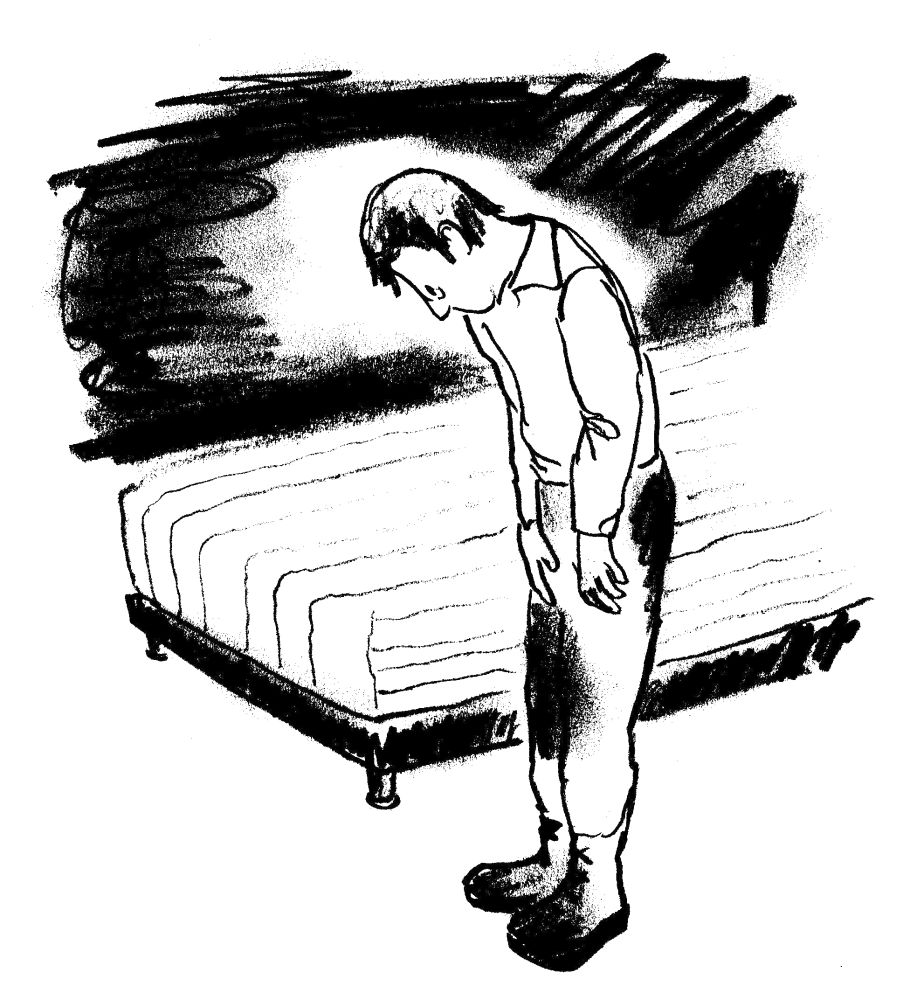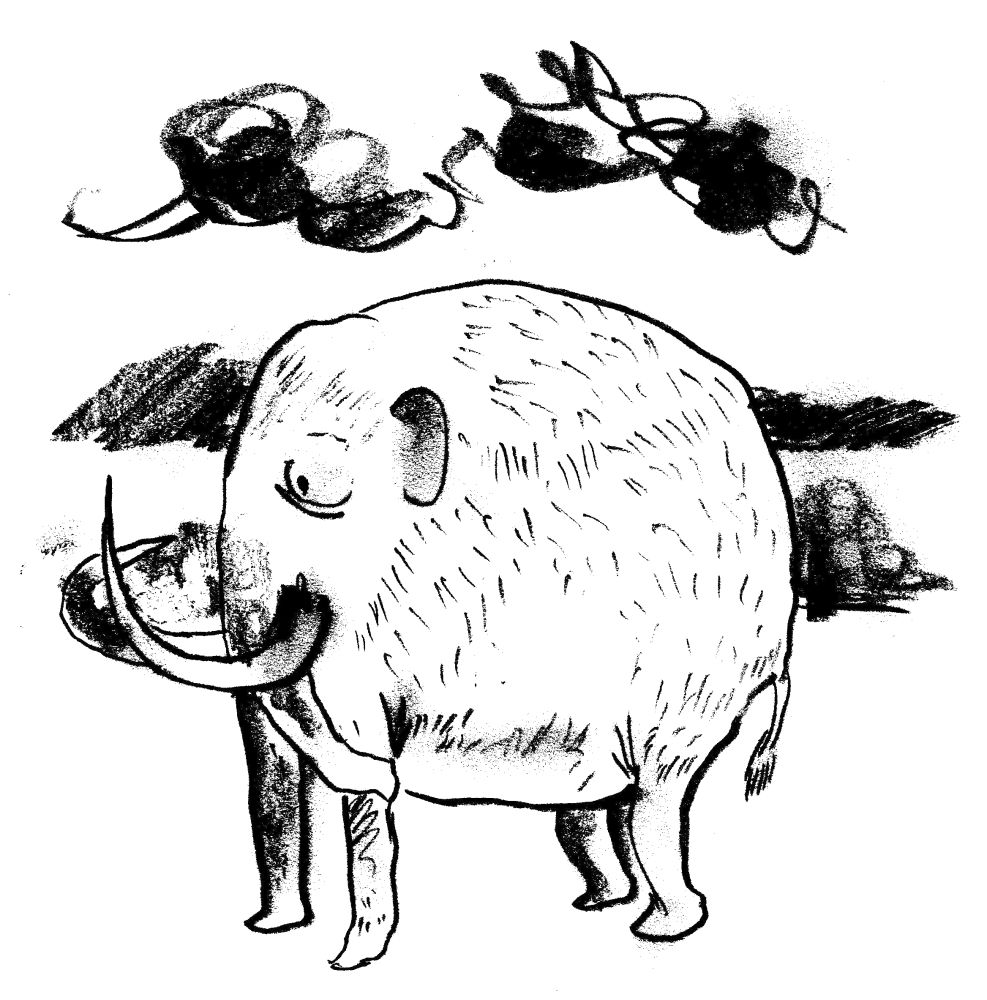
IN OUR PREVIOUS INSTALLMENT . . .
Each November for the past sixteen years, twenty-two men have convened at a hotel off I-95 to reenact a gruesome milestone in football history: the 1985 play (a flea-flicker known in the Washington Redskins playbook as the Throwback Special) in which New York Giants linebacker Lawrence Taylor sacked Redskins quarterback Joe Theismann, shattering his leg and ending his career.
As always, the weekend is an occasion for male bonding and the sharing of confidences: Andy tells George about his recent divorce; Robert seeks reassurance from Charles (a psychologist who specializes in eating disorders) about his complicated reaction to his daughter’s broken arm; Gary, Vince, and the ironically monikered Fat Michael discuss the merits and drawbacks of seated urination. And, as always, some woes are passed over in silence: Carl has a weird lump in his underarm; Trent, this year’s commissioner, has gained a lot of weight; Randy’s eyewear business has suffered serious reversals.
But this year is different. The uniform and gear of Redskins lineman Jeff Bostic have disappeared under suspicious circumstances; the conference room, where, traditionally, the men hold a lottery to determine their positions, has been preempted by a company called Prestige Vista Solutions; the celebrated lobby fountain is out of order: a general malaise seems to hang over the proceedings. More than one man has wondered, in his heart, whether this might be the last Throwback Special of them all.
The Paris Review is publishing The Throwback Special in its entirety over the space of four issues. A hardcover edition will appear in March 2016 from W. W. Norton.
II
THE LOTTERY
“Hair on a mammoth is not progressive in any cosmic sense,” George said to Rick, a copyright lawyer for Prestige Vista Solutions.
“Okay,” Rick said, looking at his shoes.
“That’s Stephen Jay Gould.”
“Is it?” Rick said.
“What he means,” George said, stepping into the elevator with Rick, “is that there is no inherent or objective value—good or bad—to the woolly mammoth’s thick hair. The hair becomes valuable, or not, only within a specific context or environment. Only in an ice age would hair be favorable. Only in warmer temperatures would it be deleterious. The woolly mammoth is not, cosmically, a fit creature, and neither is its hairless counterpart. Fitness always means fitness within particular environmental conditions. It’s not as if you could look at both and predict which one would survive.”

Rick pushed his floor button, then pushed the door-close button several times. He shifted his weight back and forth, from left foot to right.
“Gould provides an interesting analogy,” George said slowly. “So you said, what, that the flea-flicker was a horrible call. Well, yes and no. I would argue that you need to consider a play in its context, its environment. And the environment of a play is, to a large extent, the opposing team’s play. A play can take its form—and value and fitness—only within the medium, the crucible, of the adversary’s play. What we call a play in football is actually the reaction that occurs between two plays, which up to the point of the snap are just competing abstractions, just fantasies of domination. To call a play is simply to transmit information.”
George was pacing the car. Rick stared at the illuminated and unchanging numbers above the doors. The elevator stopped, and its doors opened to an empty hallway. Rick resolved to write an online review of these elevators.
“The plays that are called from the sidelines are speculative, abstract. The line of scrimmage is the narrow barrier between those abstractions. When the ball is snapped, the barrier dissolves and the two plays begin to act upon each other. We have confluence! From two plays the play comes into being. Each team’s playbook fantasy takes on terrestrial form. The play lives a fleeting life, like certain unstable isotopes. Each play attempts to assert dominance over the other play, by force and deception. This is why football is the most scientific of sports. A game is a series of discrete experiments. Hypothesis, observation, results, analysis, conclusion.”
The number 5 button was illuminated, but Rick jabbed it eight or nine times. Rick’s simple point in the lobby, which he now regretted making, was that if your quarterback’s bone comes out of his leg during a play, then it was a bad play.
“The Throwback Special was not a priori a bad play. Or what did you say? Dumbshit? A dumbshit play. You can’t say it was a dumbshit play merely because it didn’t work. That’s a tautology! The trick play happened to be catastrophically bad on that unseasonably warm evening on natural grass on a first and ten from near midfield against the Giants’ charging linebackers, who were drawn in, it is true, by the handoff to Riggins. And of course one of those charging linebackers was Lawrence Taylor, who was really a kind of player the league had never seen before. Taylor himself could make a lot of teams’ plays seem, what you said, fucking asinine. But every play is in fact a limitless number of plays, depending on contingency. Not just the opponent’s play, but injury, wind and weather, field conditions, crowd noise, execution, personnel, and all of the special properties of the compound that is created by the two constituent plays. Bye. Peace. This was fun.”



